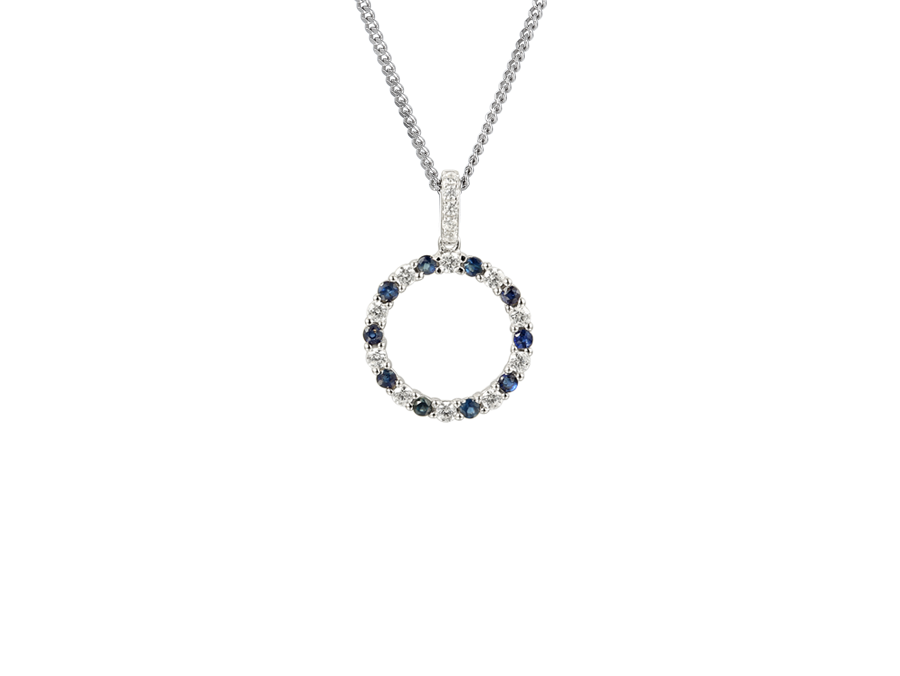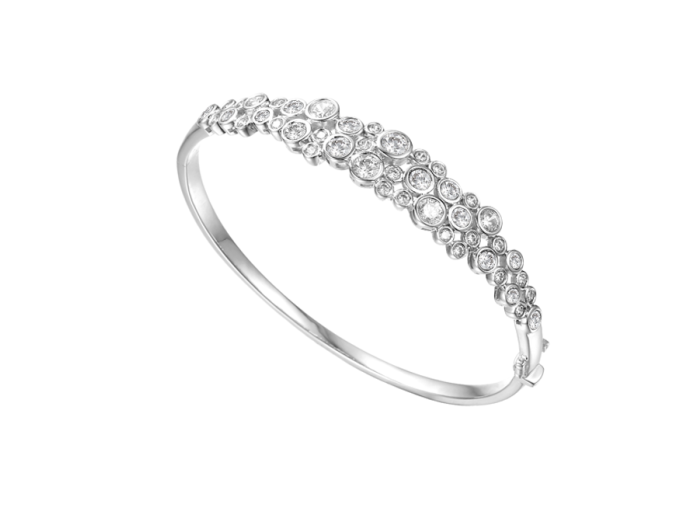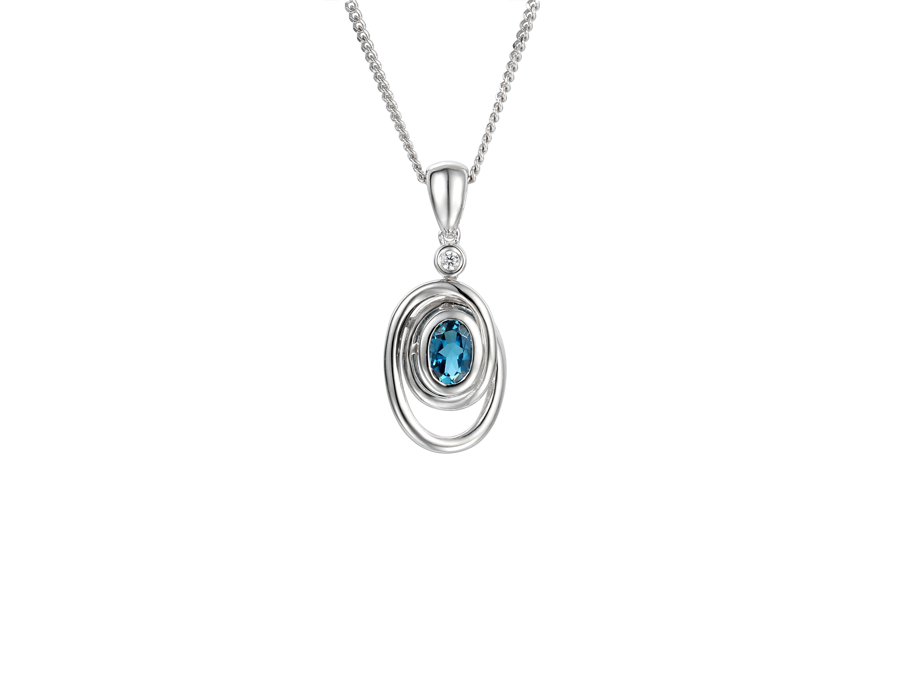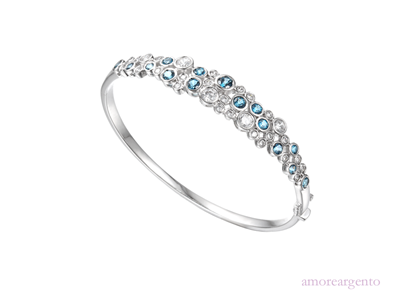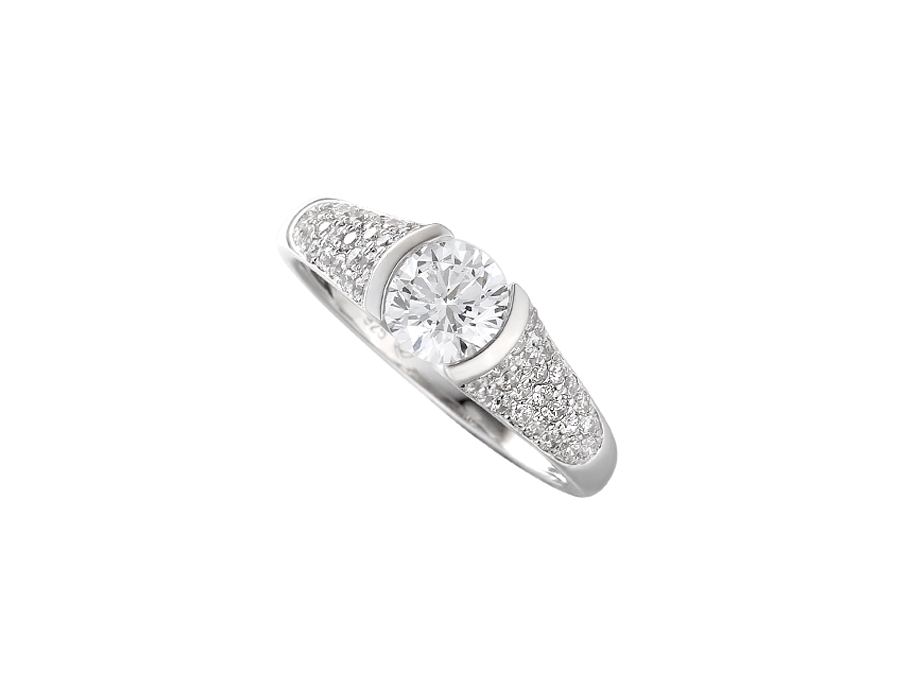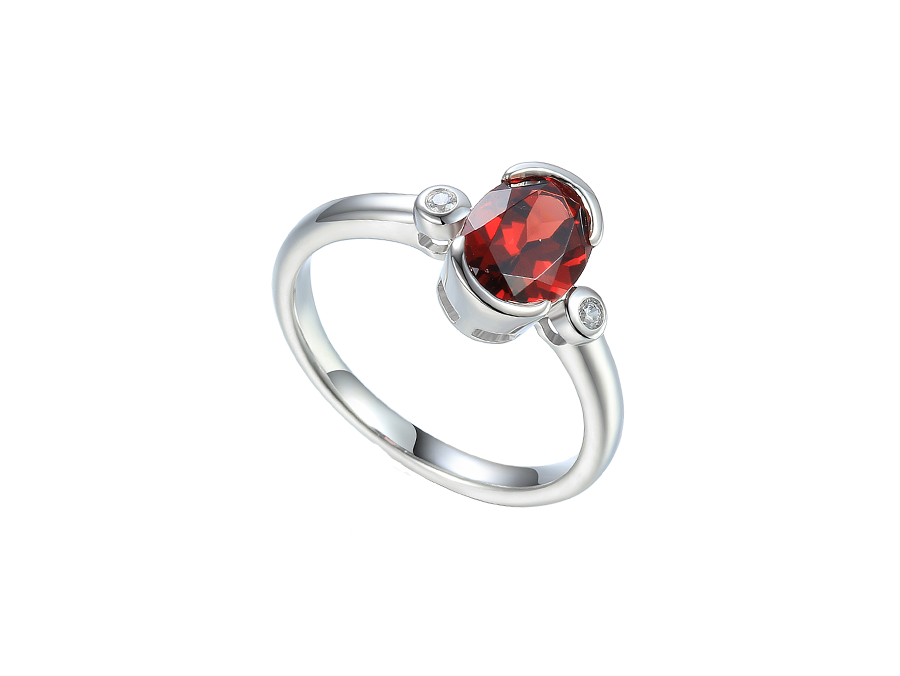We use cookies to make your experience better. To comply with the new e-Privacy directive, we need to ask for your consent to set the cookies. Learn more.
The Evolution Of The Bangle
Bracelets and bangles, along with necklaces, are among the oldest forms of jewellery known to exist. As with necklaces, early bracelets were made from organic materials and nothing has survived intact from these early periods. There have been discoveries of stone and crystal bracelets from as early as 40,000 years ago, and a statue unearthed in 1973 depicting a girl wearing an arm full of bangles is the earliest evidence of this type of jewellery actually being worn; while earlier fragments of what appear to be bracelets have been found, there is no evidence that they were worn in the way we would wear bangles today.
The difference between a bangle and a bracelet is that a bangle is solid and either slips over the hand or fastens with a catch, while a bracelet is more flexible, usually made up of links of metal or cord, and is tied on or fastened with a catch. Early bangles were made from stone, terracotta, glass or shells; from the Bronze Age onwards metal was usually used to fashion all types of jewellery, including bangles and bracelets.
India and the surrounding countries have the longest traditions around bangles and they hold a lot of cultural significance, which changes from region to region and even from family to family. It is common for young children, both boys and girls, to wear bangles on their arms and even around their ankles. Bangles are also traditional for brides on their wedding day and after marriage – glass bangles in particular are used to symbolise commitment and stability in marriage and it is said that the honeymoon is officially over when the last bangle breaks.
The word bangle actually comes from the Hindi word for glass, bungri, and the Hindu religion places a lot of significance on jewellery from nose rings to bangles and everything in between. It is considered to be improper for a married Hindu woman to have bare arms, so bangles serve a very important cultural and religious purpose.
In the west bracelets and bangles were popular with Roman and Anglo Saxon cultures, Romans especially wore a lot of jewellery as an adornment and as a status symbol; the word bracelet derives from the Latin word for arm, brachium. Romans also wore arm adornments which were similar in style to their rigid torc style necklaces. These were technically bangles and were designed to be worn around the upper arm.
Bracelets were very popular in the 17th century, when noblewomen would wear several bracelets, bangles and thin ribbons on one wrist. This trend developed into charm bracelets by the Victorian era. In the early 20th century new materials like Bakelite were fashionable with forward thinking groups, and these new plastics were used to make jewellery including bangles. These new durable materials lent themselves to the clean simple lines of the Art Deco period right up to the present day.
Nowadays fashions change a lot more frequently and there is a lot of choice for everyone who wants to wear bracelets or bangles. It is no longer the preserve of women, men are now often seen with bracelets and bangles made from all types of materials from wood, leather and plastic to precious metals. There is also a modern trend for wearing wristbands, usually made from rubbery material, to show support for a charity or cause, and these bangles are a modern status symbol, or proof of a person's affiliation with a particular social or demographic group.
Our modern bracelets and bangles draw some inspiration from traditional designs and incorporate a modern twist to keep our look up to date and appealing to modern consumers.








